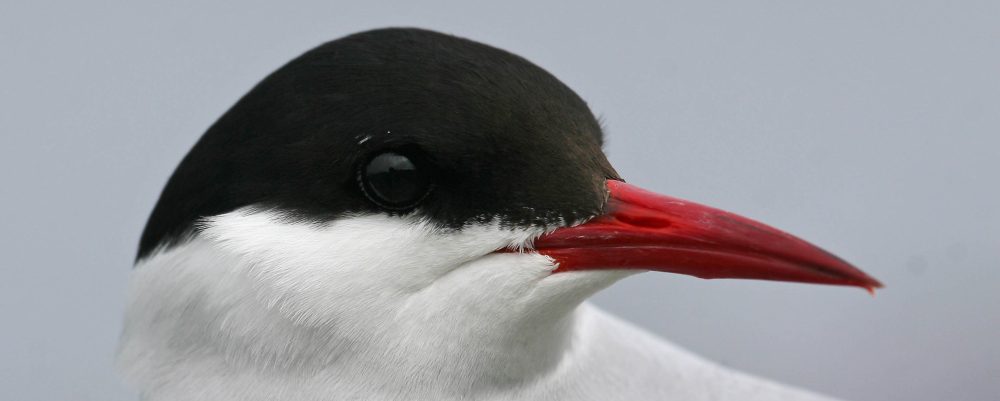Some of you will know in the past ‘Letter from Norfolk’, and ensuing Facebook postings, occurred every other day. You may have noticed that as promised in my last post of 2016 there has been a change. Due to time restraints postings are now published every four days. There’s also a new ‘rotating’ header on the site.
Letter from Norfolk started off as a blog for my customers about what we had been seeing on tours and musings of a wider nature. However, it is clear postings are read and commented on by a much wider circle of individuals than those that have been on one of our tours. It will continue to adapt and change in the future perhaps inviting more comment (and photos) from others.
Recently I’ve been popping a lot on the site regarding my South American trip. I thought I’d post one last photo from our January break. It’s an Albatross. Specifically a Wandering Albatross. These are big birds and on one afternoon off the coast of Chile several came very close to the ship. Passing at ‘eye level’ they had me squealing like a schoolboy. They were almost within touching distance. I can’t convey the uplifting feeling at being so close to such an iconic enigma of the oceans. The bird with the longest wingspan in the world was inches from me. It could also easily have approached me in years of age; and I’m no spring chicken. Moreover it was graceful and beautiful. Wearing the perpetual smiles of a dolphin they would swoop and glide effortlessly in the strongest of winds. Simply magic.
I’ve placed some of the photos I took during January to the end of the ‘latest section’ of my Wildcatch Photography site – see them here. I’ve also prepared a trip report with details and sightings. If you would like a copy please send me an email (carl@wildlifetoursandeducation.co.uk)

Share this with someone? :-




















